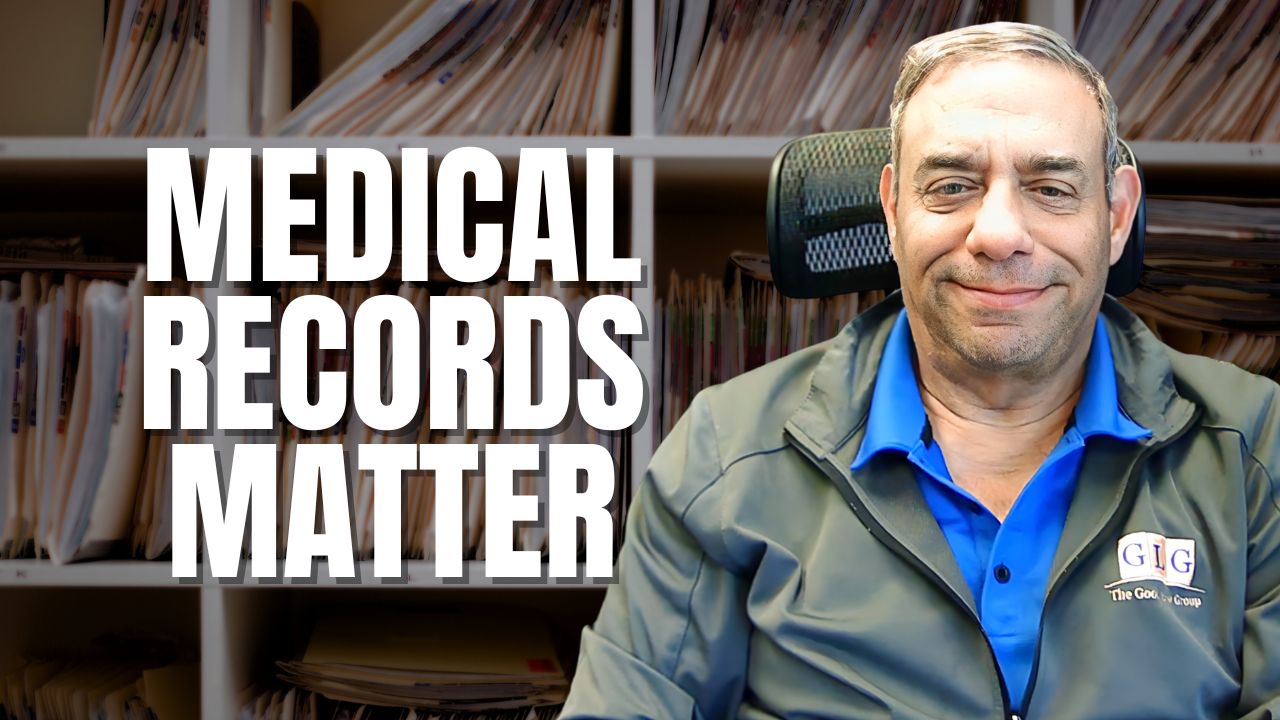If you find yourself unable to work due to a disability or medical condition, you’ve likely applied for Social Security Disability (SSD) benefits to at least partially replace your monthly income.
But lost wages aren’t always the only concern. If you had health insurance through an employer-sponsored plan, you’ve also no doubt wondered how you’ll pay for future medical care, particularly if you don’t have any other healthcare coverage (such as coverage through your spouse’s employer).
Fortunately, individuals approved for SSD benefits are also entitled to coverage through Medicare, the federally run health insurance program. Some SSD recipients may also qualify for Medicaid, the federal program that provides health insurance for low-income and disabled individuals, provided they meet state eligibility requirements.
Medicare and SSD Benefits
Though typically thought of as health insurance for individuals age 65 and older, Medicare is also available to SSD recipients under age 65. Unfortunately, although SSD recipients are entitled to Medicare coverage, that coverage isn’t automatic. There is a significant lag time between the date you first become eligible to receive benefits when Medicare coverage begins.
Under the rules, Medicare eligibility begins two yeas after the date you are first eligible to receive SSD benefits. Because there is generally a five-month waiting period between the date your SSD application is approved and the date you first begin receiving benefits, this means often times your Medicare coverage will not begin until 2 ½ years after you first apply (two years plus the five-month SSD waiting period).
For example, if you submit your SSD application in March 2020, the earliest you could expect to receive your first benefit check would be September 2020, which is the first month after the five-month waiting period. Your Medicare benefits would begin two years later, in September 2022.
There are, however, two exceptions to the waiting period:
- End-state renal disease: Medicare coverage for SSD recipients undergoing dialysis begins the third month after dialysis treatment began.
- Amyotrophic lateral sclerosis (ALS): Medicare coverage for SSD recipients who have ALS, or Lou Gehrig’s Disease, begins as soon as the benefits application is approved; there is no waiting period.
As a practical matter, most SSD recipients won’t have a literal two-year waiting period between when they first receive SSD benefits and when Medicare coverage kicks in. That’s because SSD applications sometimes take months to be approved – possibly up to two years if it goes through the appeals process. In these cases, the date you were first eligible to receive benefits is normally set sometime in the past, thus “shortening” the Medicare wait time.
For example, assume your benefits application was approved in November 2019, but the date you were first eligible to receive benefits was determined to be September 2018. The two-year waiting period for Medicare begins on September 2018, the date you first became entitled to receive benefits, and not November 2019, the date your application was approved. In this case you would only have to wait until September 2020, or 10 months, for Medicare coverage to begin.
Medicare is not Free
While SSD beneficiaries qualify for Medicare, it isn’t free. Medicare Parts A, B and D each have individual premiums and deductibles, which are subject to change annually.
Medicare Part A covers hospitalization, skilled nursing care provided in a facility, hospice case, and some in-home health care. Premiums depend on whether you (or your spouse) are fully insured under Social Security. To be fully insured you (or your spouse) must have worked a covered job, i.e., one that required you to pay FICA taxes, for a minimum of 40 quarters, or the equivalent of 10 years.
Fully insured recipients pay no premiums. If you (or your spouse) have between 30 – 39 work credits, the monthly premium is $252. If you have fewer than 30 work credits, premiums are $458 per month. Regardless of the annual premium, there is a $1,408 annual deductible. If you require hospitalization, the first 60 days are free (the first 20 days for skilled nursing care).
Medicare Part B covers doctor’s visits, outpatient medical care, medical supplies, and preventative care. The monthly premium is based on your adjusted gross income and begins at $144.60 for individuals with an AGI of $87,000 or less ($174,000 or less for married joint filers), and increases to a max of $491.60. The annual deductible is $198, with a 20% co-pay after the deductible is met.
Medicare Part D covers prescription medications. Premiums vary depending on the chosen plan, but the maximum annual deductible is $435.
Medicare Advantage, also referred to as Medicare Part C, is an all-in-one option that includes Medicare Parts A and B, and usually Part D.
Medicaid and SSD Benefits
For individuals with another form of health insurance, such as coverage through their spouse’s employer, waiting two years for Medicare coverage to begin may not be a concern. But for those with no other form of insurance, Medicaid may be an option to get you through the waiting period.
Medicaid is available to low-income individuals who have a disability. Although Medicaid is a federal program each state administers its own plan, so applications must be submitted through the state Medicaid office. Eligibility is dependent on the applicant’s household income and resources falling below a certain threshold, which varies depending on the number of individuals in the household (these amounts change each year).









